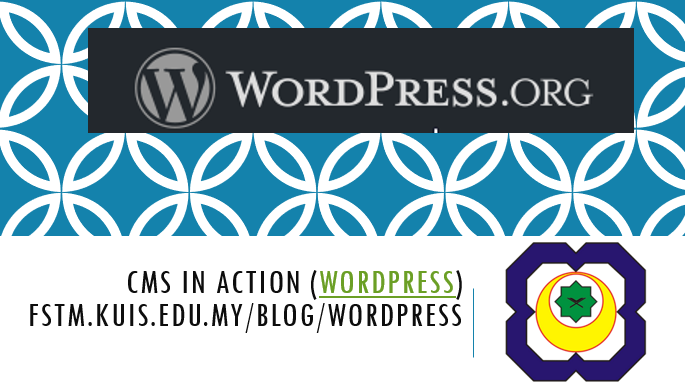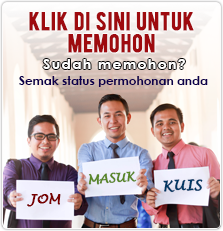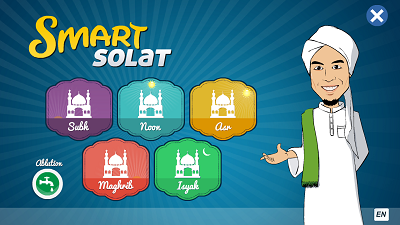fstm.kuis.edu.my/blog/wordpress
WORDPRESS & WOOCOMMERCE TRAINING
- Installing WordPress through Softaculous in Shared Hosting
- WordPress menu settings
- Starting a WordPress blog content
- Hestia WordPress template
- Installing WooCommerce in WordPress
- Build a WordPress page using Elementor
- BillPlz integrating with WordPress WooCommerce
- SEO WordPress – katakunci sasaran Kursus Komputer
Politeknik Kota Bharu : E-Commerce Website with WooCommerce & Toyyibpay e-Payment integration October 2020
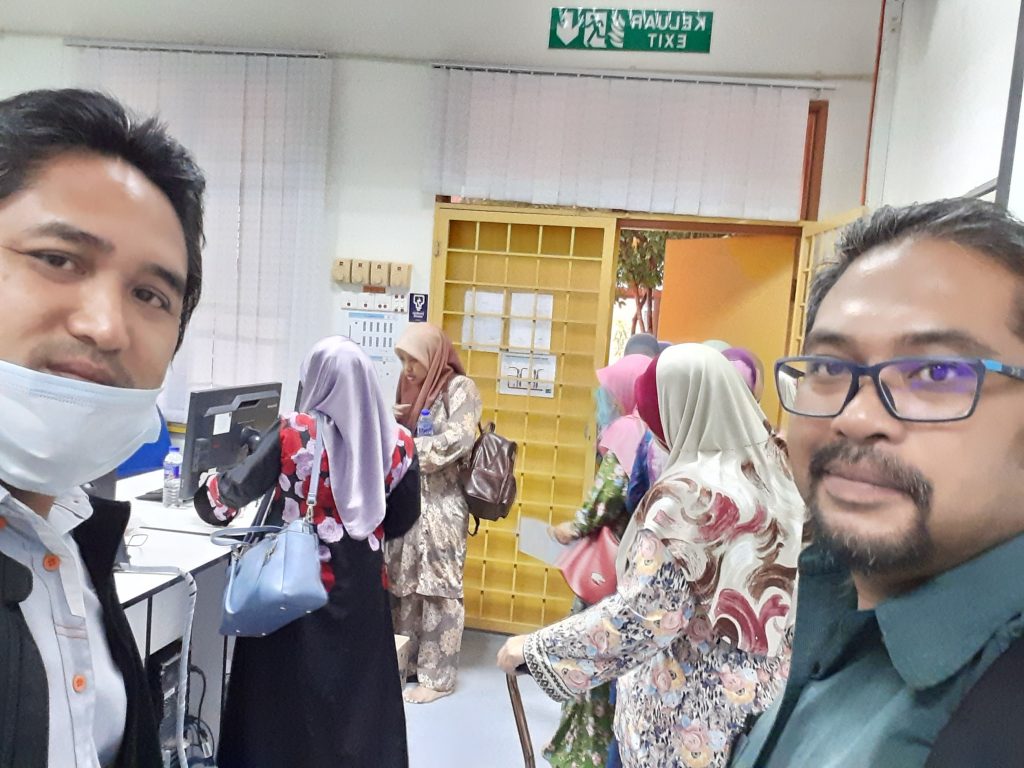
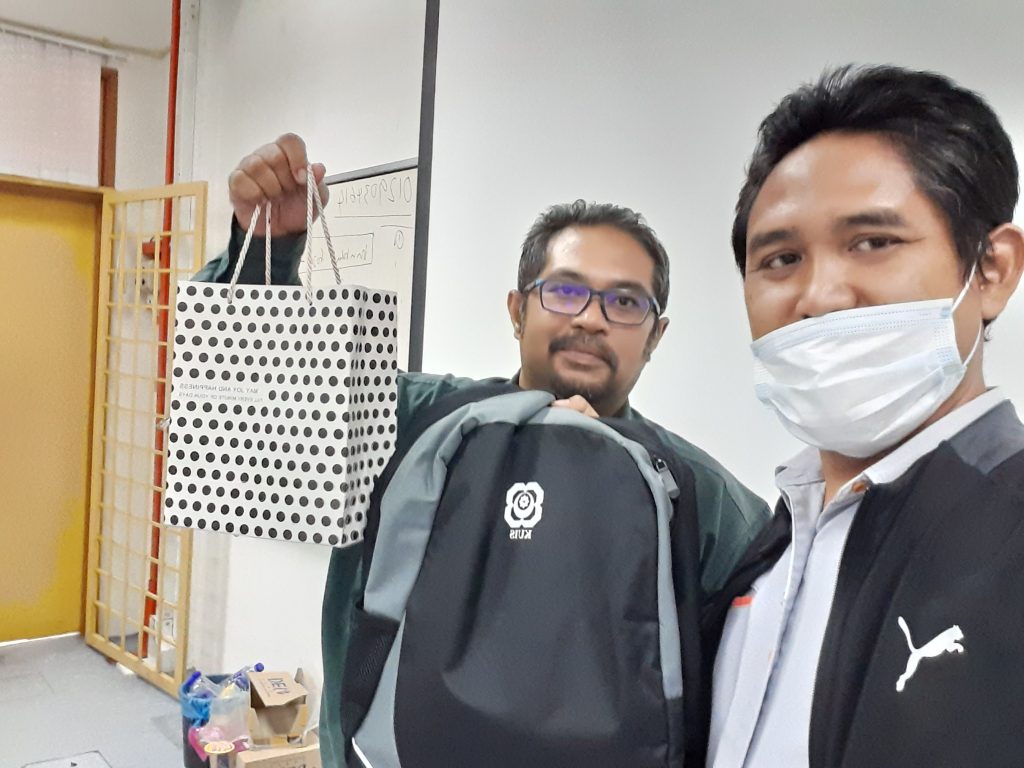

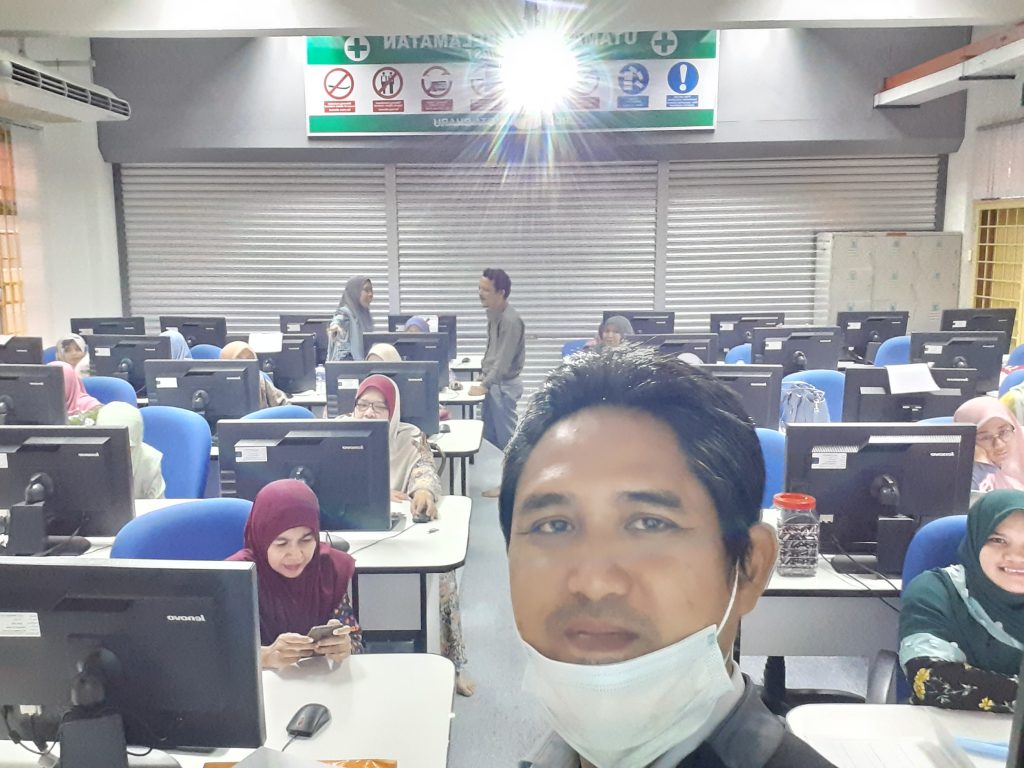
Politeknik Kota Bharu WordPress E-Commerce Website with WooCommerce & Toyyibpay e-Payment integration October 2020
Previous WordPress training & WooCommerce with Politeknik Nilai
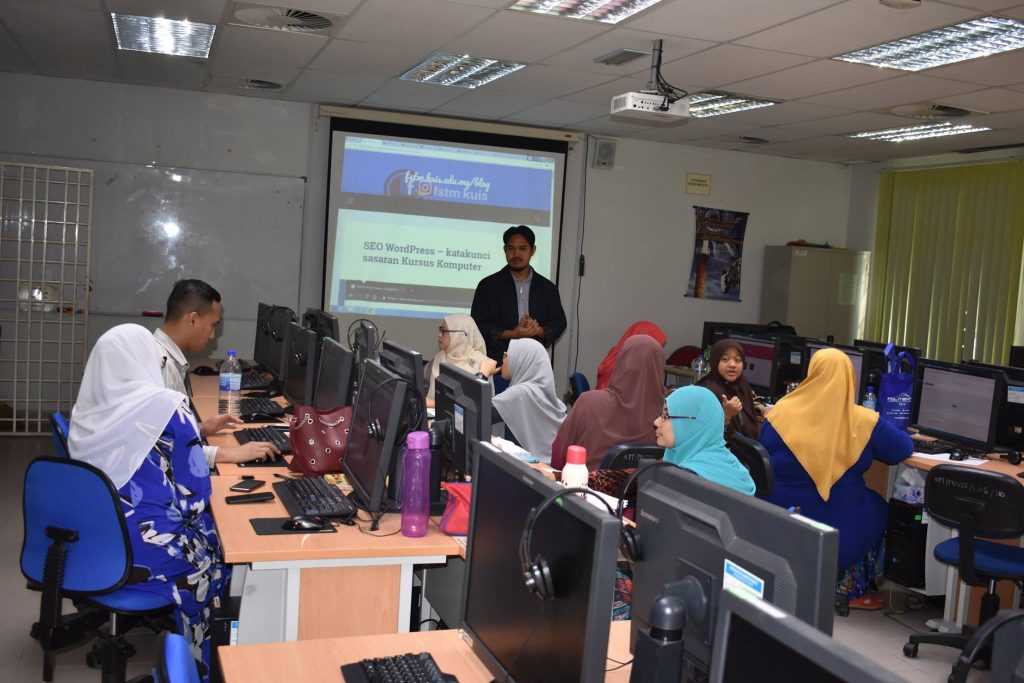
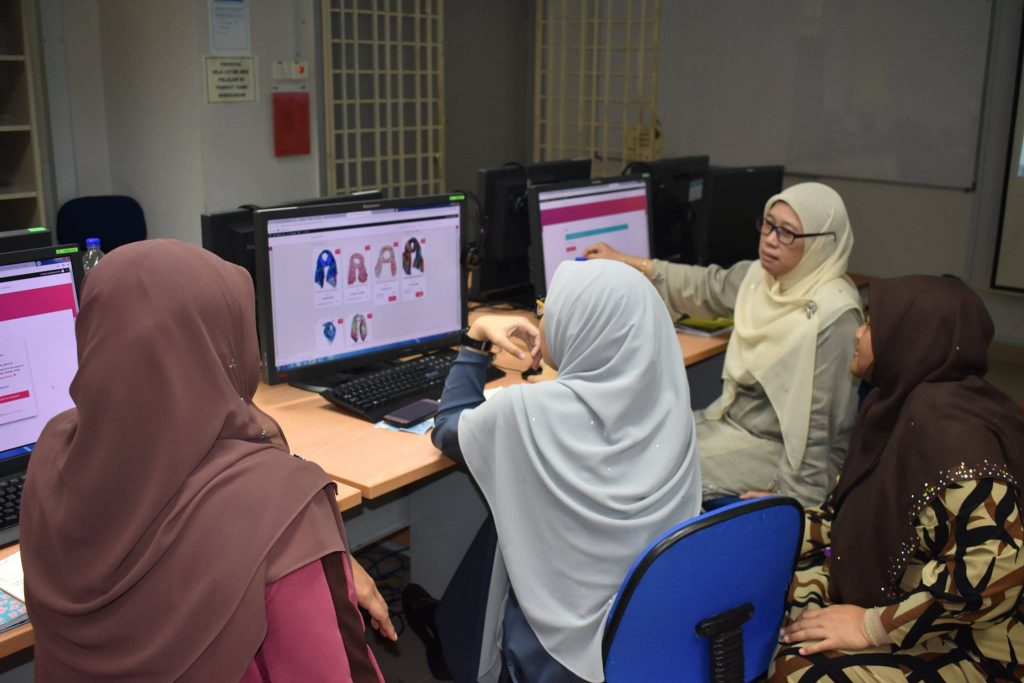

What is CMS?
A system that capable of maintaining web site (website/ecommerce site / blog / etc). So that organization could focus to content development rather than maintaining the website. It can be achieved through content editor embedded in the CMS and the DATABASE to store content.
Content Management System is computer software used to create, edit, manage, and publish content in a consistently organized fashion.
The content managed may include computer files, image media, audio files, electronic documents, and Web content.
A Web content management system is a CMS designed to simplify the publication of Web content to Web sites, in particular allowing content creators to submit content without requiring technical knowledge of HTML or the uploading of files.
Content Management System (CMS) is a powerful implementation of web programming. Example of popular CMS among others are Joomla and WordPress which are developed using PHP and MySQL.
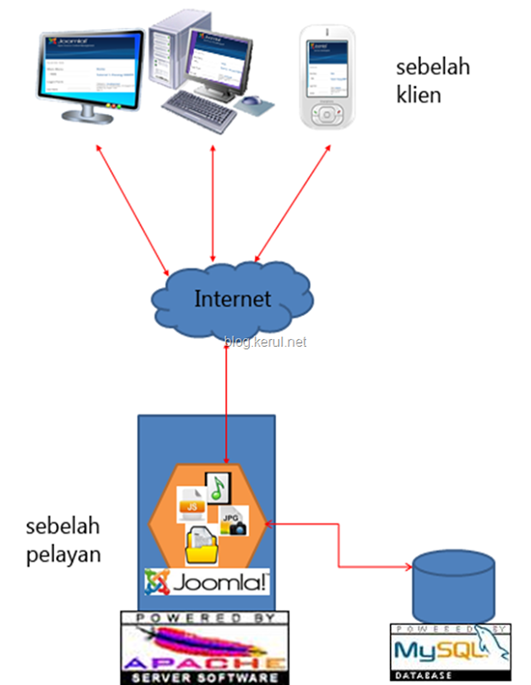
Benefits of CMS
- Easy for the non-technically minded – anyone who can use word-processing software can use a CMS for the basic functions – so you don’t even have to spend much time on training.
- Allows multiple users – A CMS makes it easy to manage roles and publishing permissions for all these users so that only those you allow can publish content and content only goes live when you’re ready.
- Improves site maintenance – With a CMS, the underlying architecture is the same so you can make maintenance changes, update the CMS software and add functionality without breaking the site.
- Design changes are simple – the ability to make a change in your administrative dashboard and have it automatically propagate to the entire site.
- Helps manage content – With a CMS this is easy to publish or unpublishing the content – all menus and links update automatically, so that your customers continue to have a good experience of the site.
To login a WordPress admin console
Example: go to
http://fstm.kuis.edu.my/blog/wp-admin
Login with your email and credential;
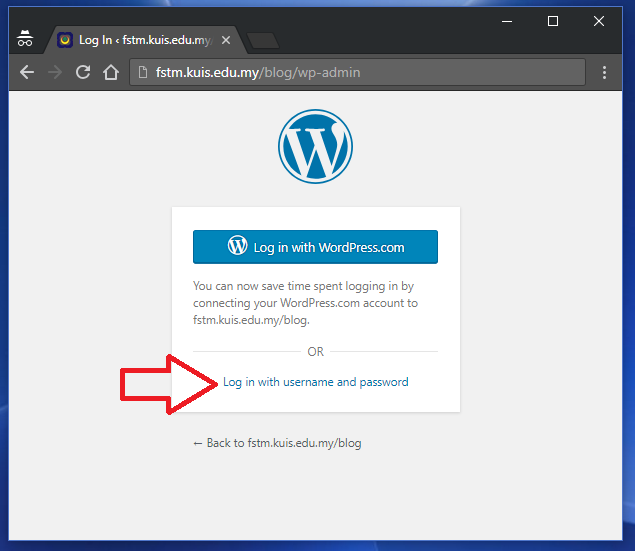
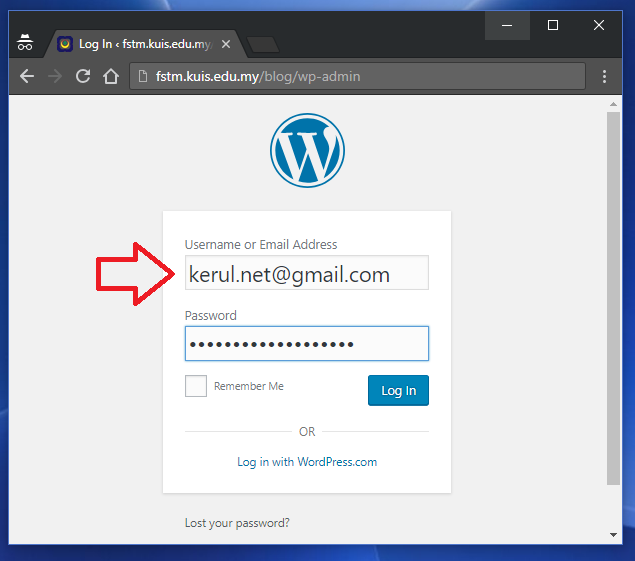
Once entered, you will see the WordPress admin dashboard.

Listing existing post
Go to Posts->All Posts and you can see your previously saved posts.
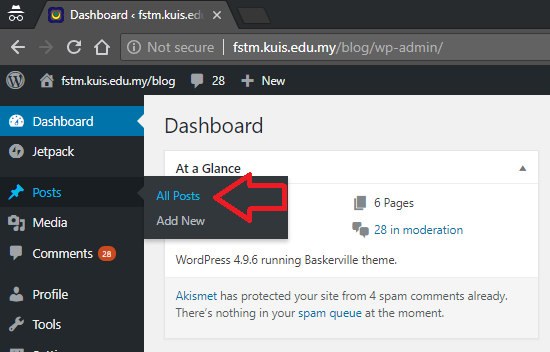

Create a new POST
If you do not have existing post, create a new one.
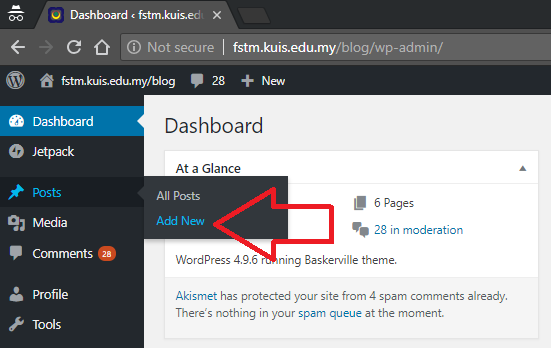
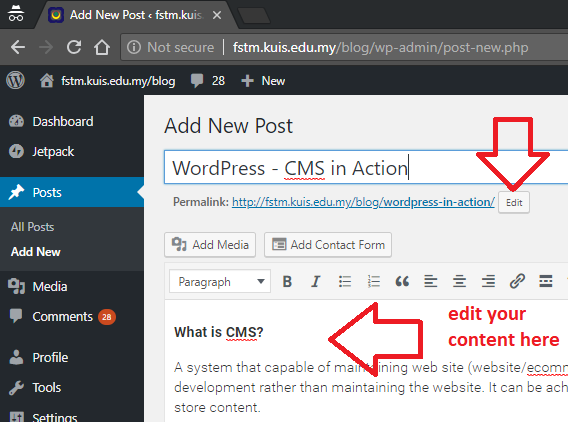
If you prefer to shorten the link, do edit the slug
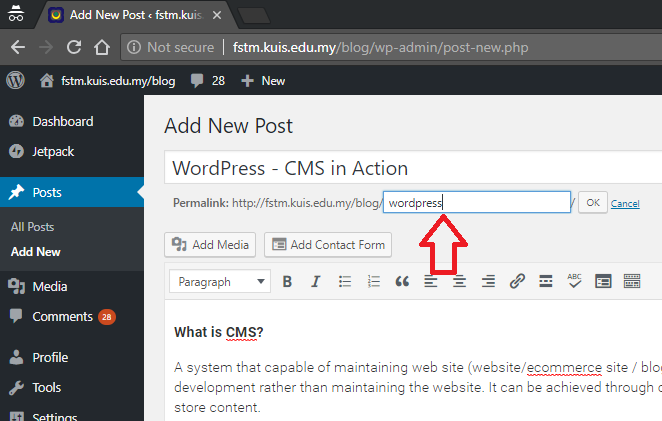
Add relevant images



Set the post categories
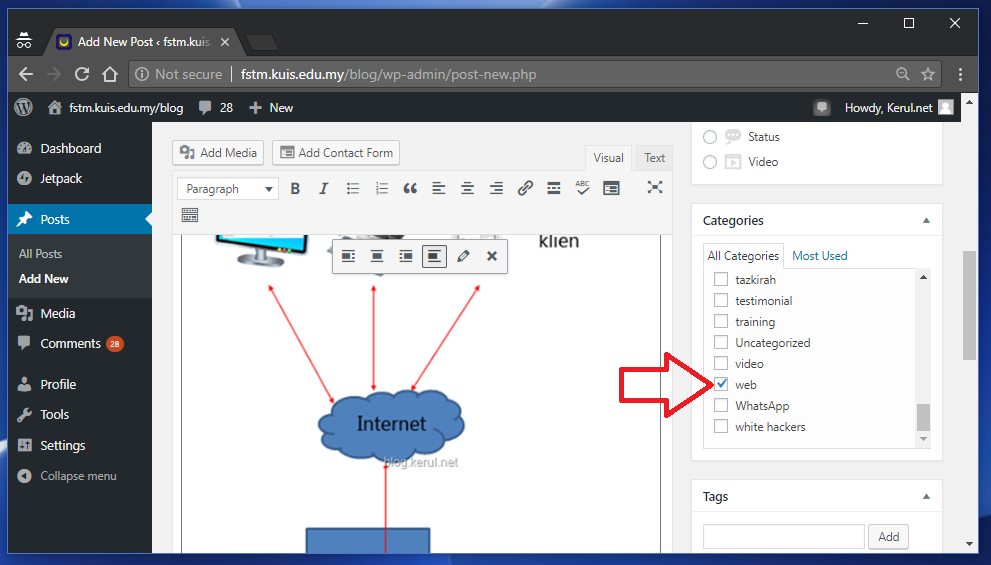
*IMPORTANT – must set the post’s featured image

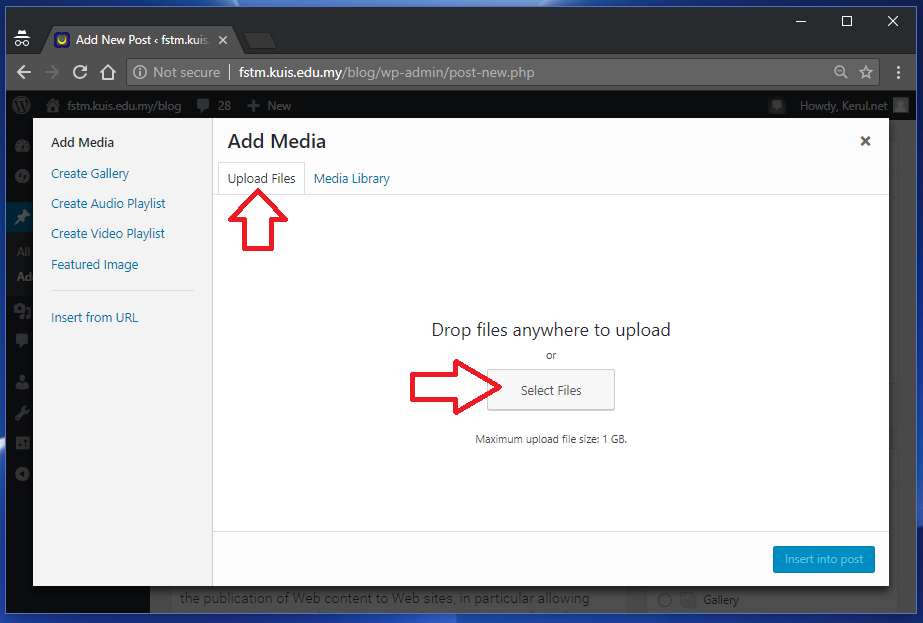
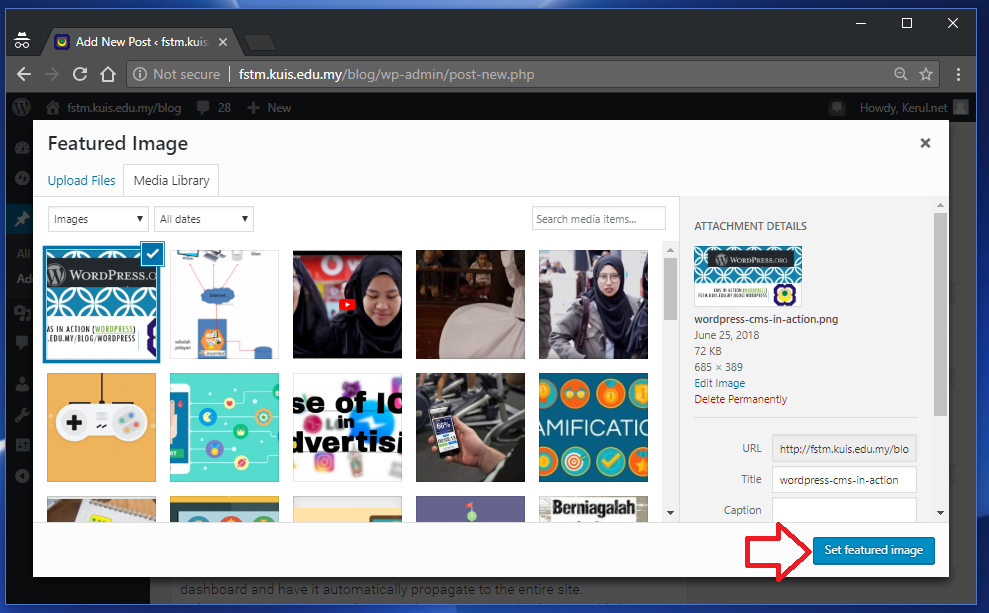
Publishing your article
Go to the top of article, click the PUBLISH button.
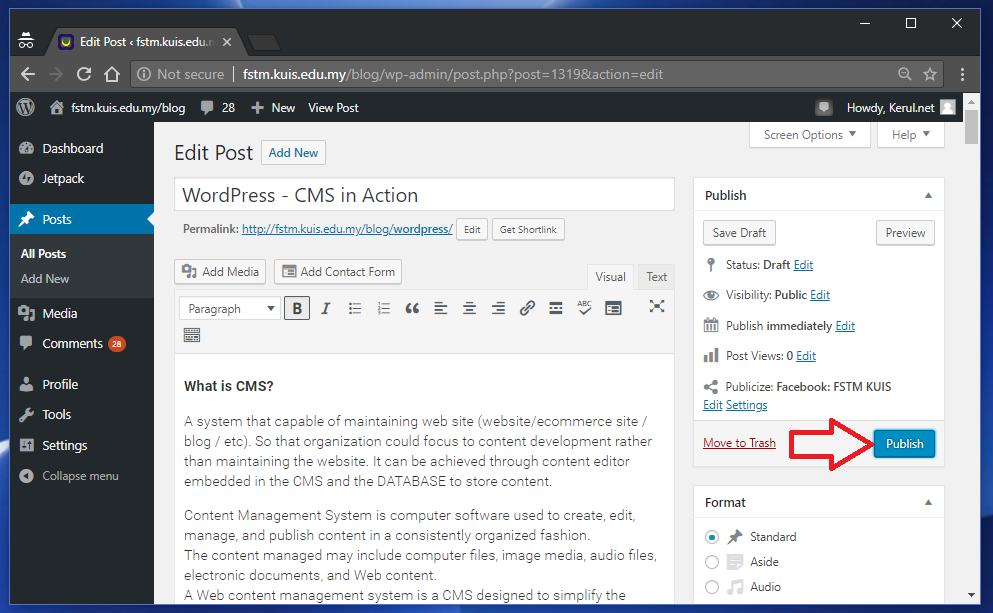
And go to the article’s link to view in the browser.

Writer/Trainer:
KHIRULNIZAM ABD RAHMAN, Lecturer of Computer Science, FSTM KUIS.
He has been an computer programming trainer since 2000. His major interests are front-end and back-end development, with HTML5, Android, JSON, LARAVEL and PHP-MySQL as his favorite tools.
Courses handled;
His personal blog is at khirulnizam.com . He may be contacted via email khirulnizam@gmail.com , or Whatsapp: http://wasap.my/60129034614
